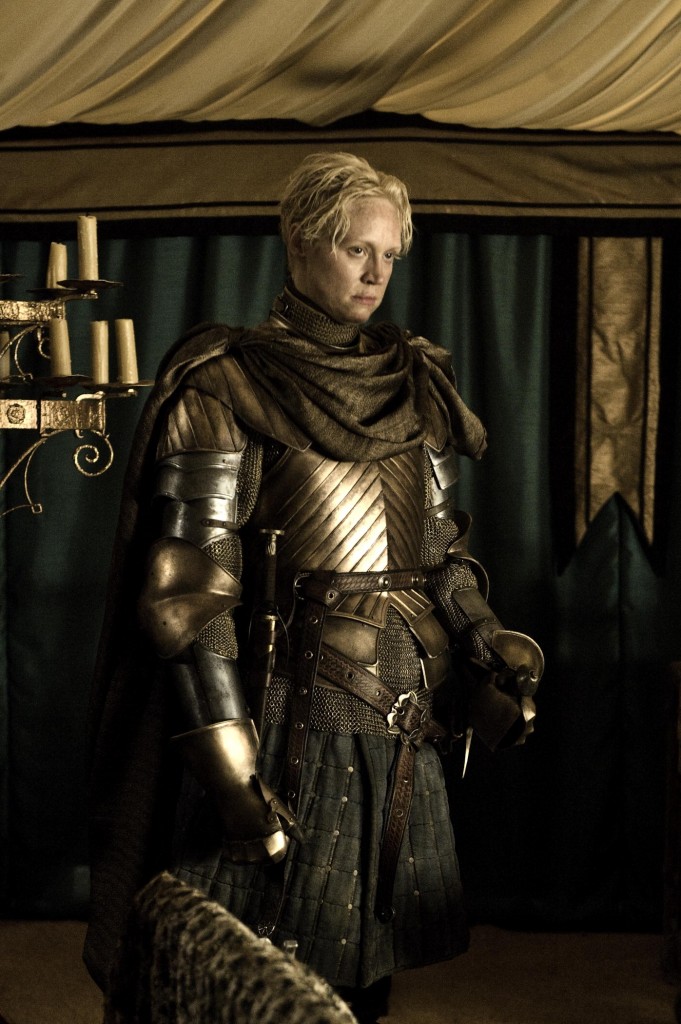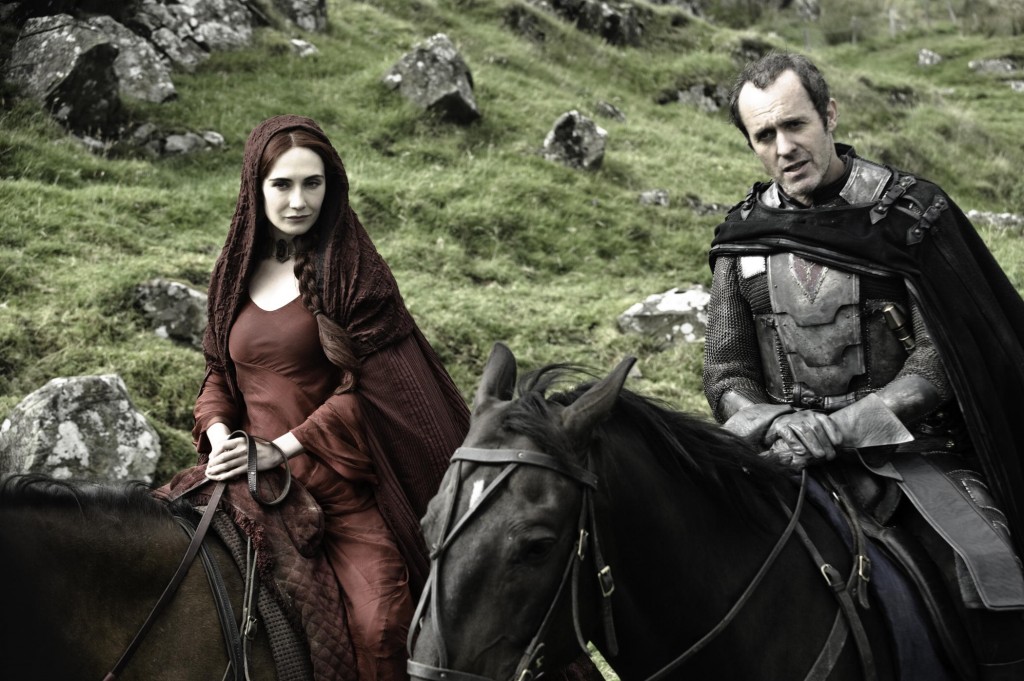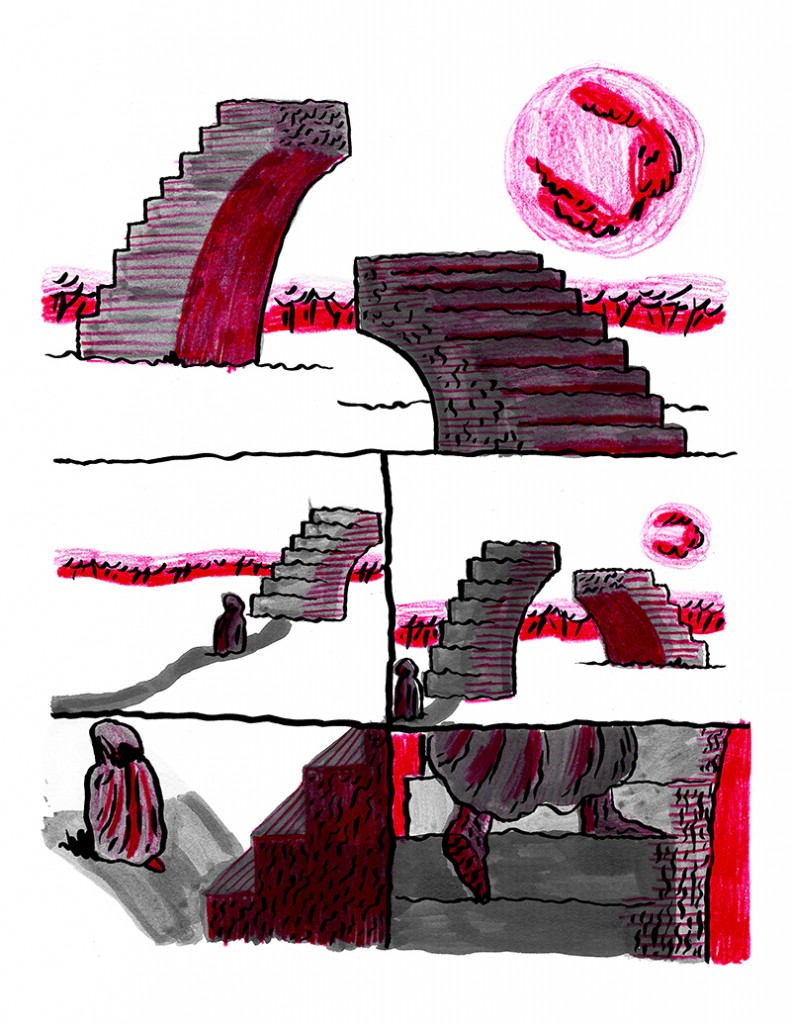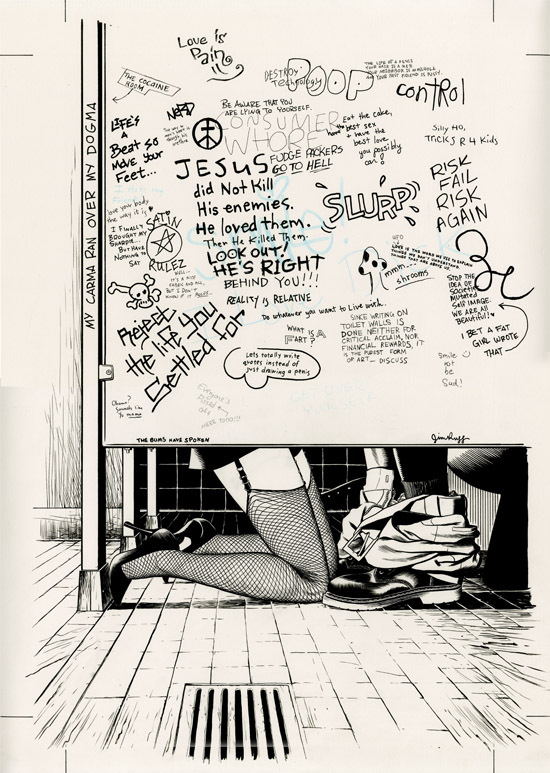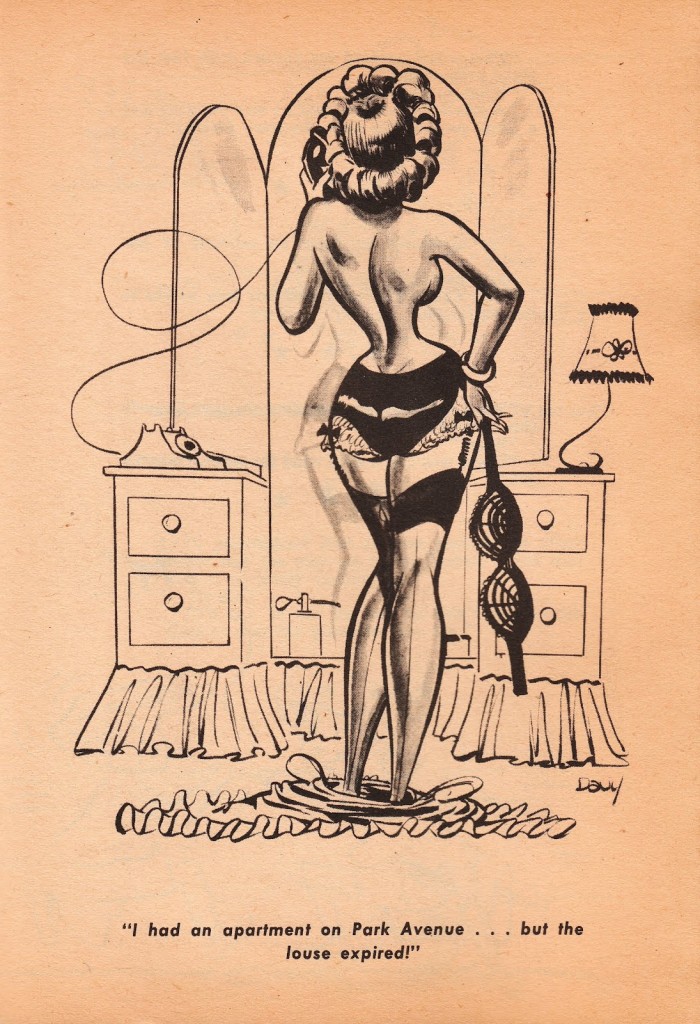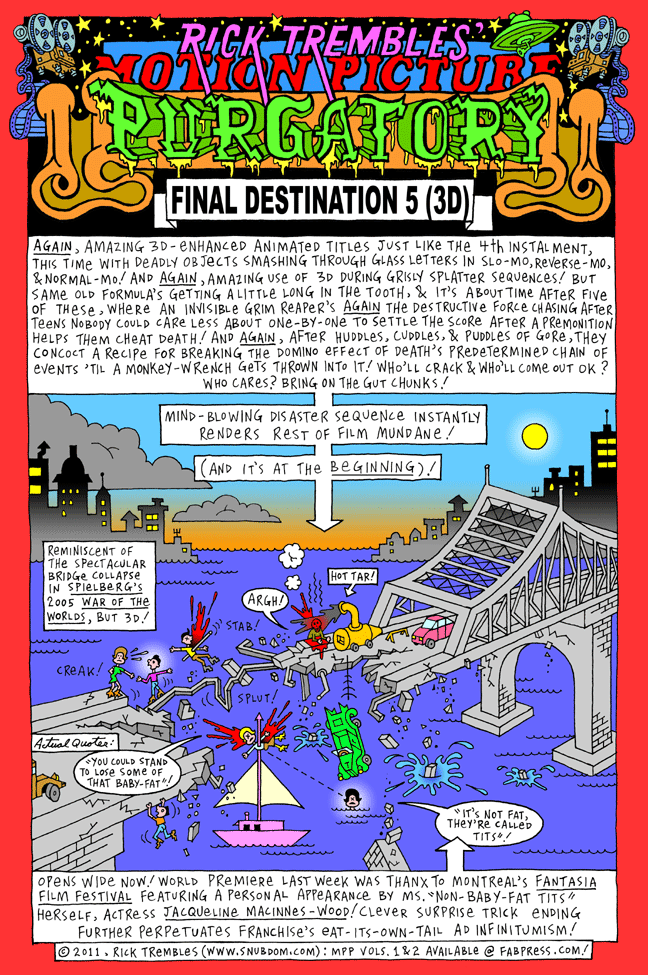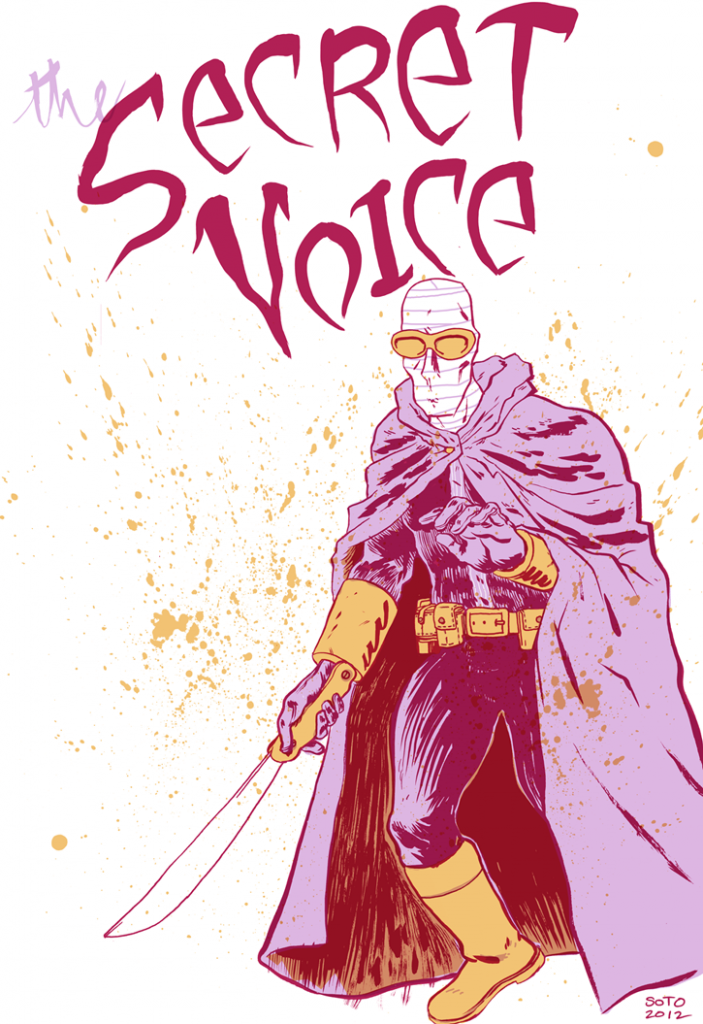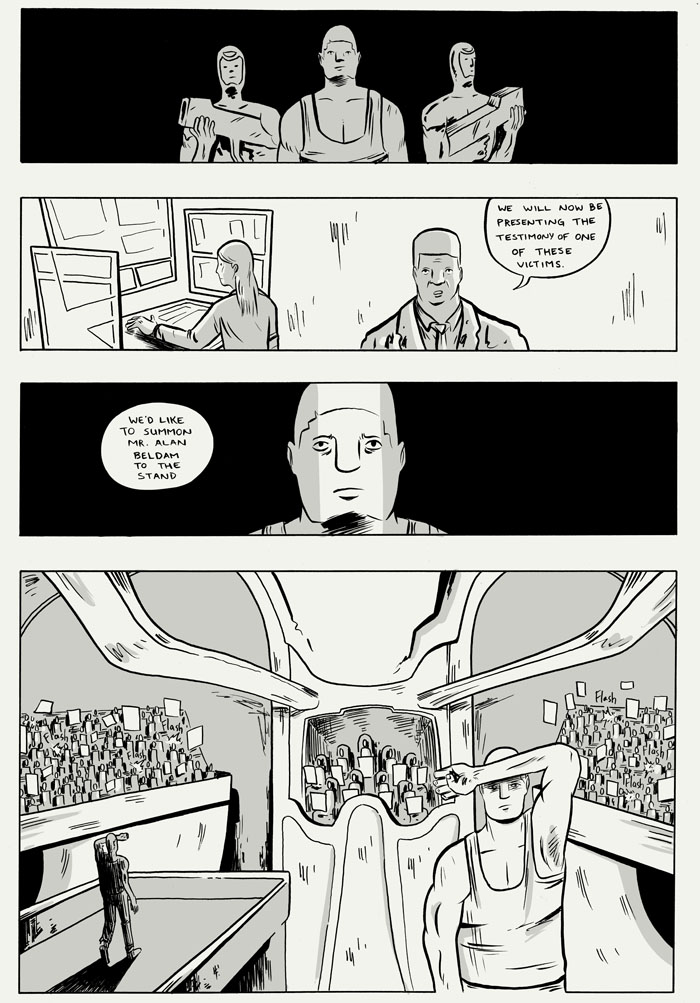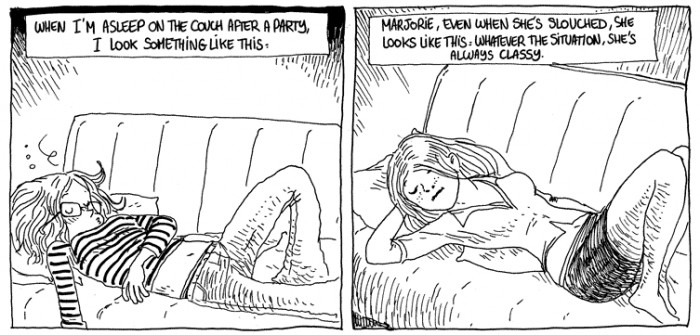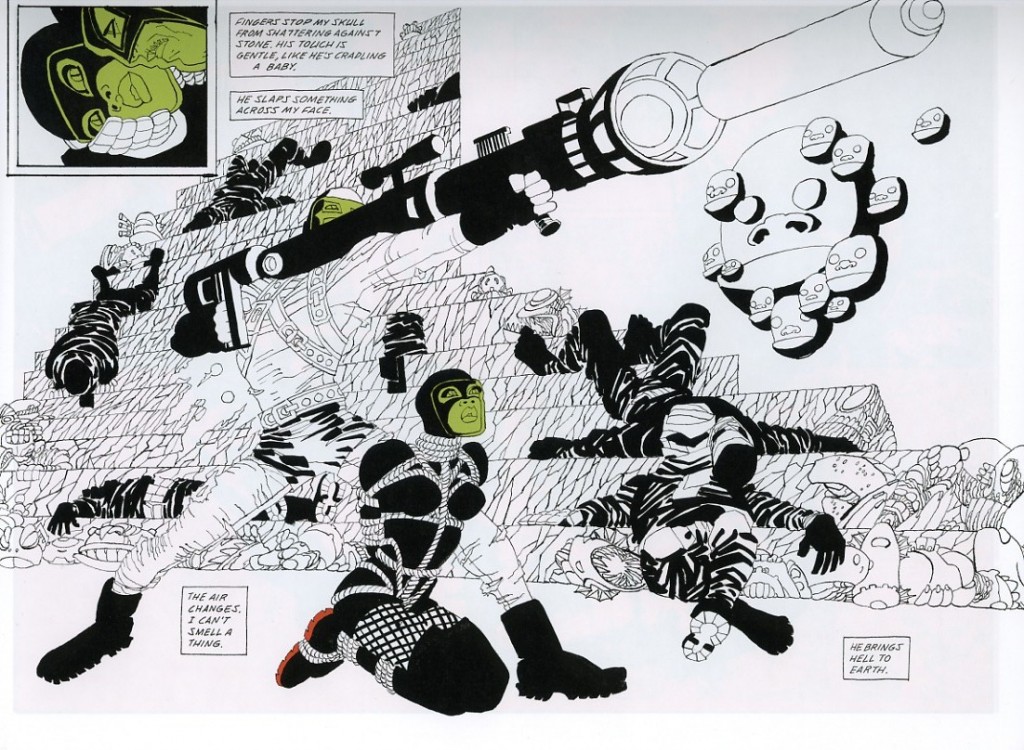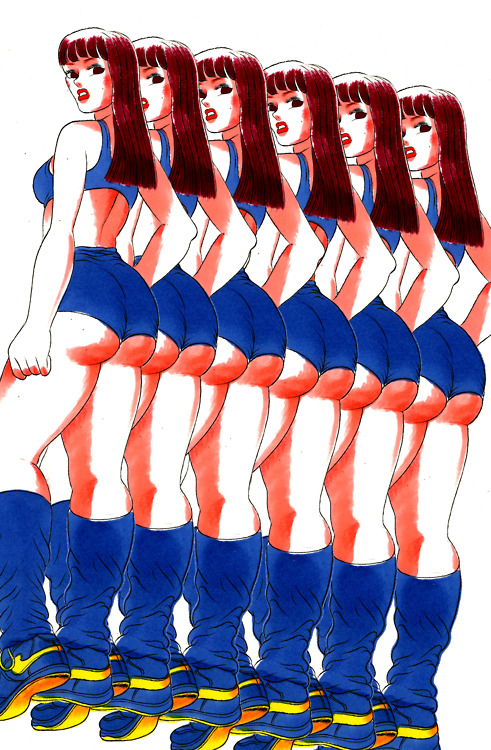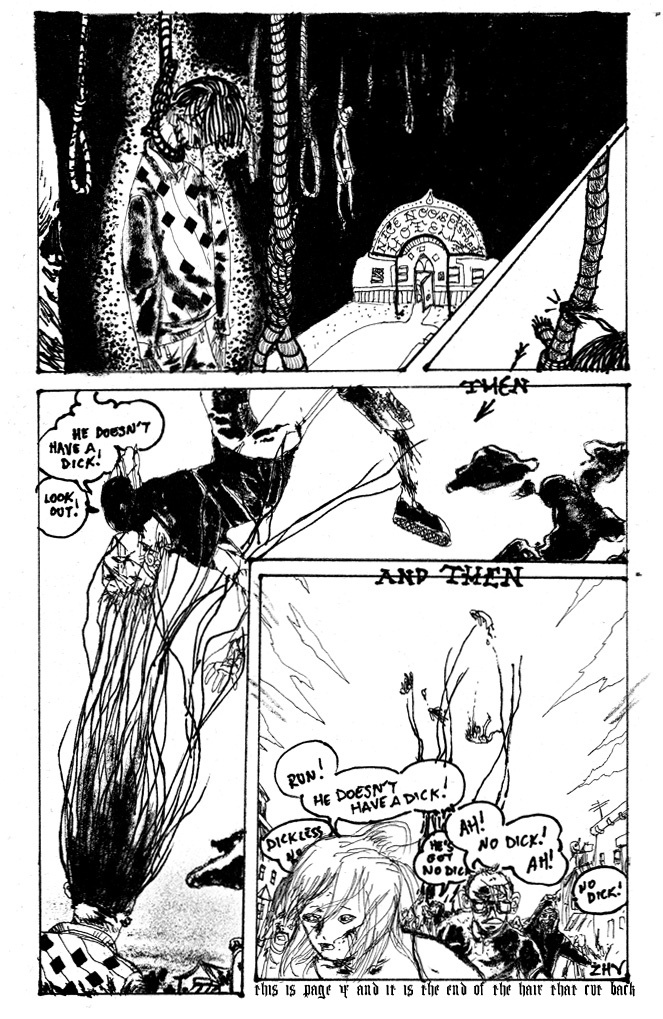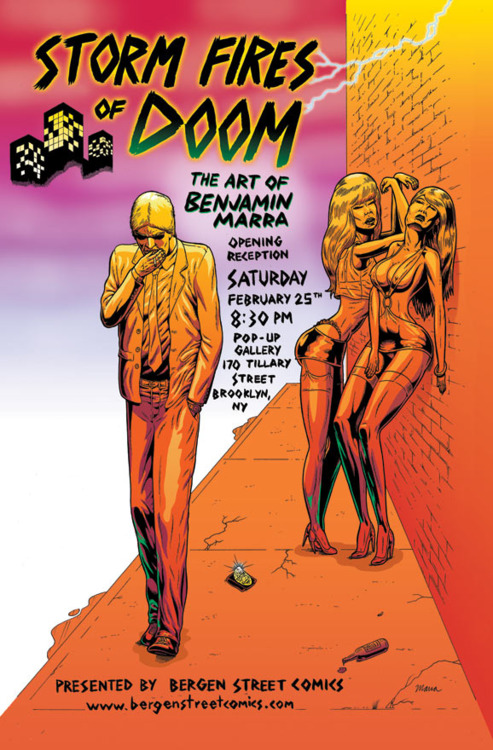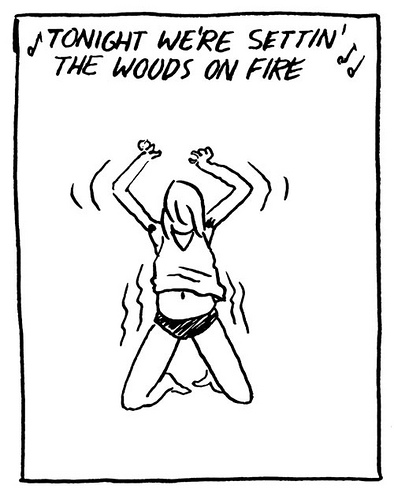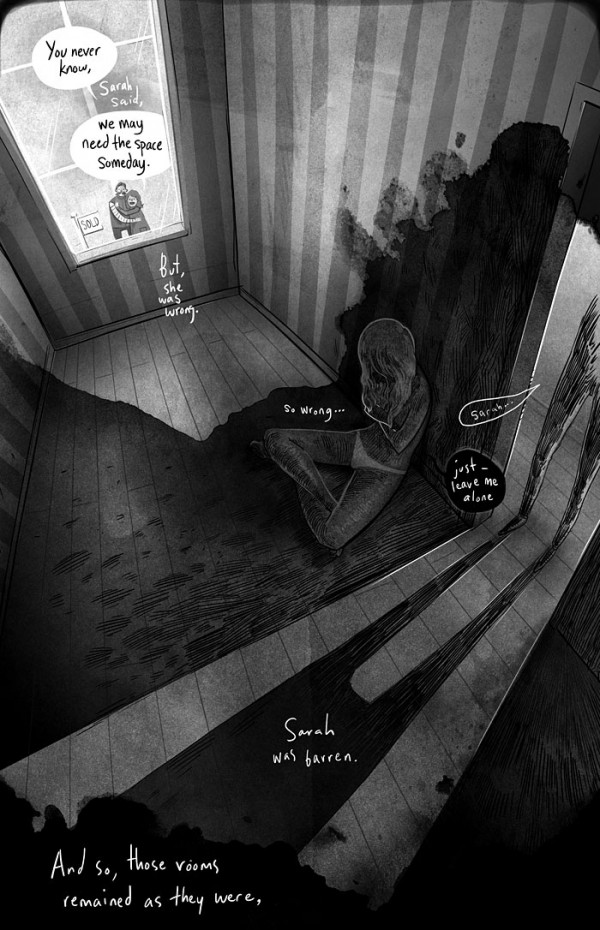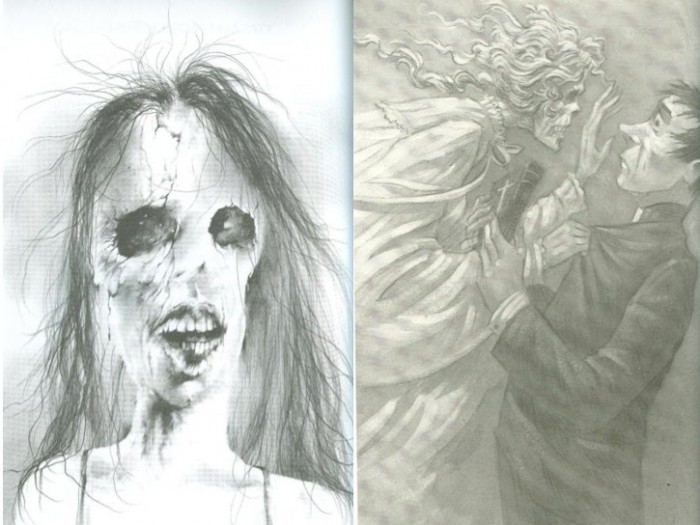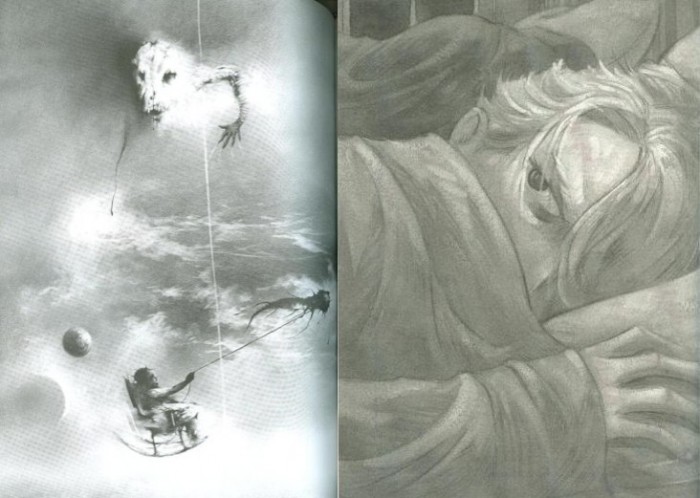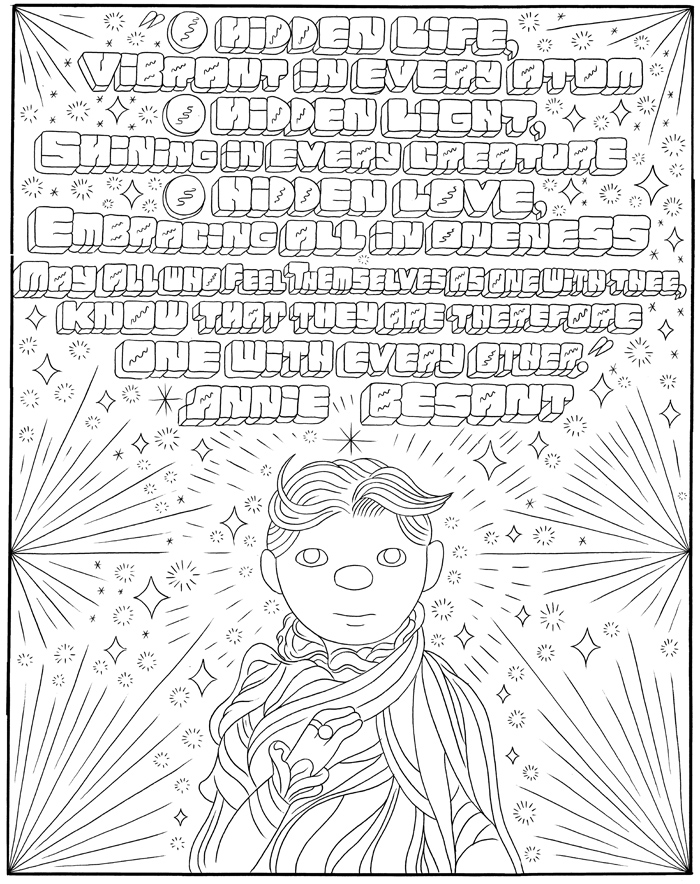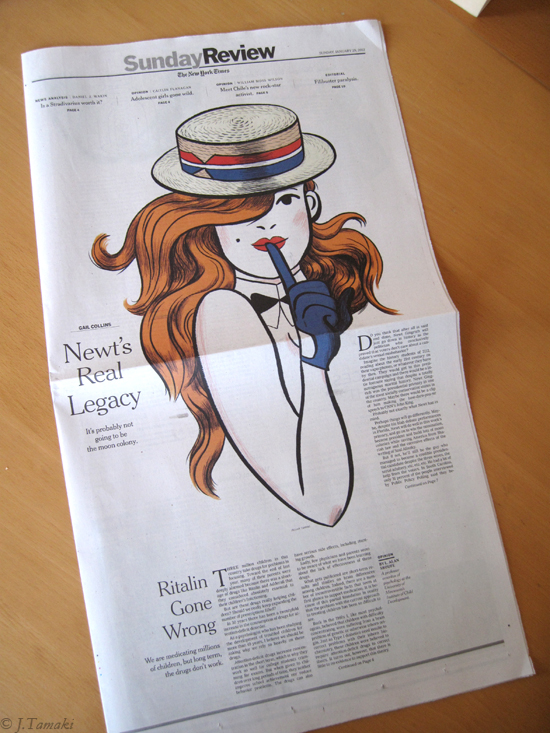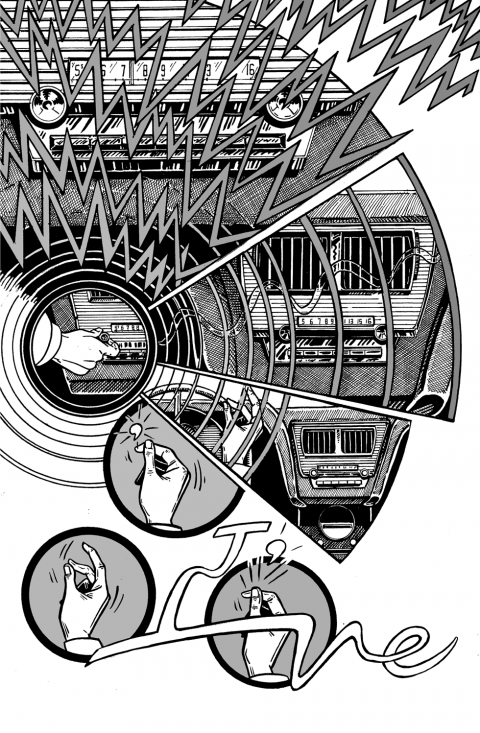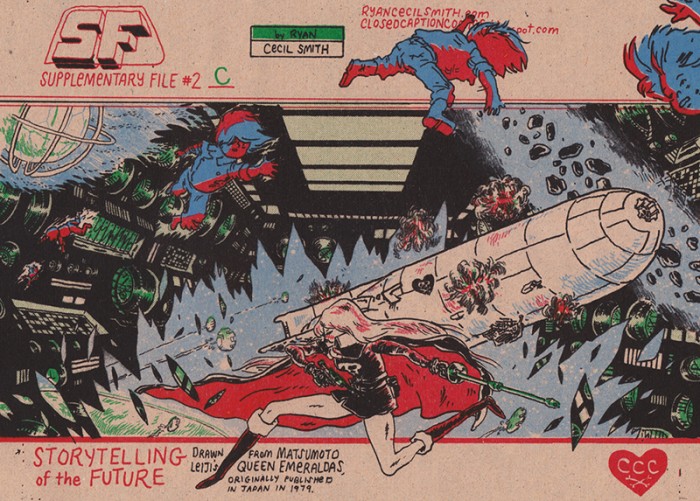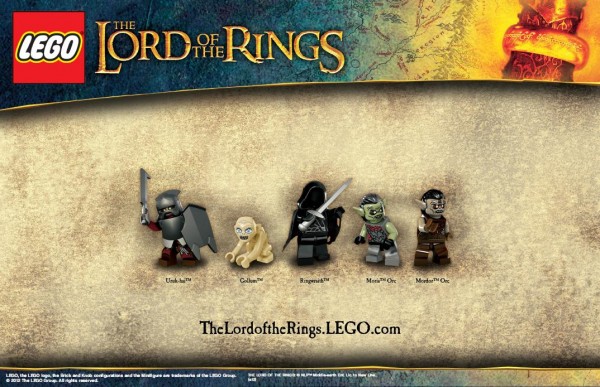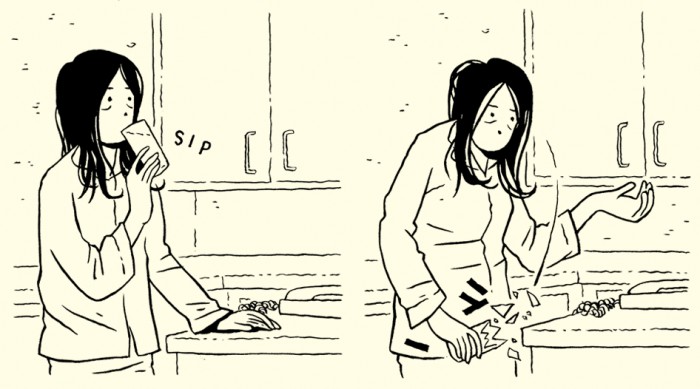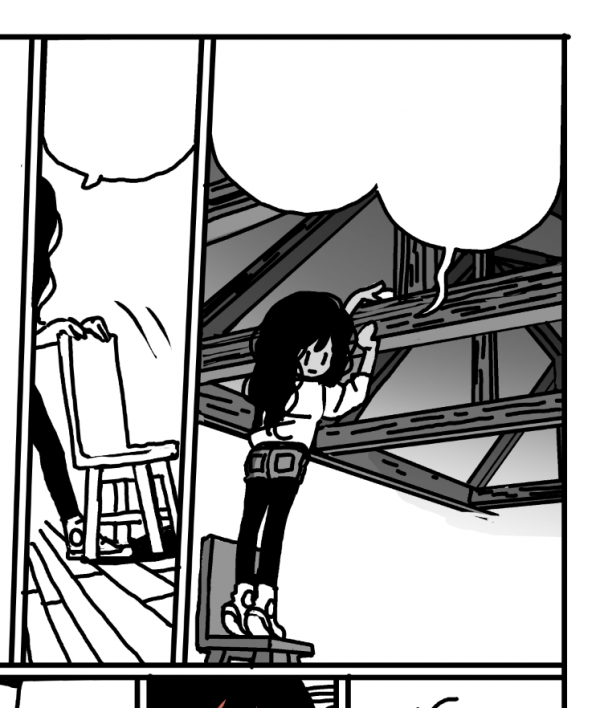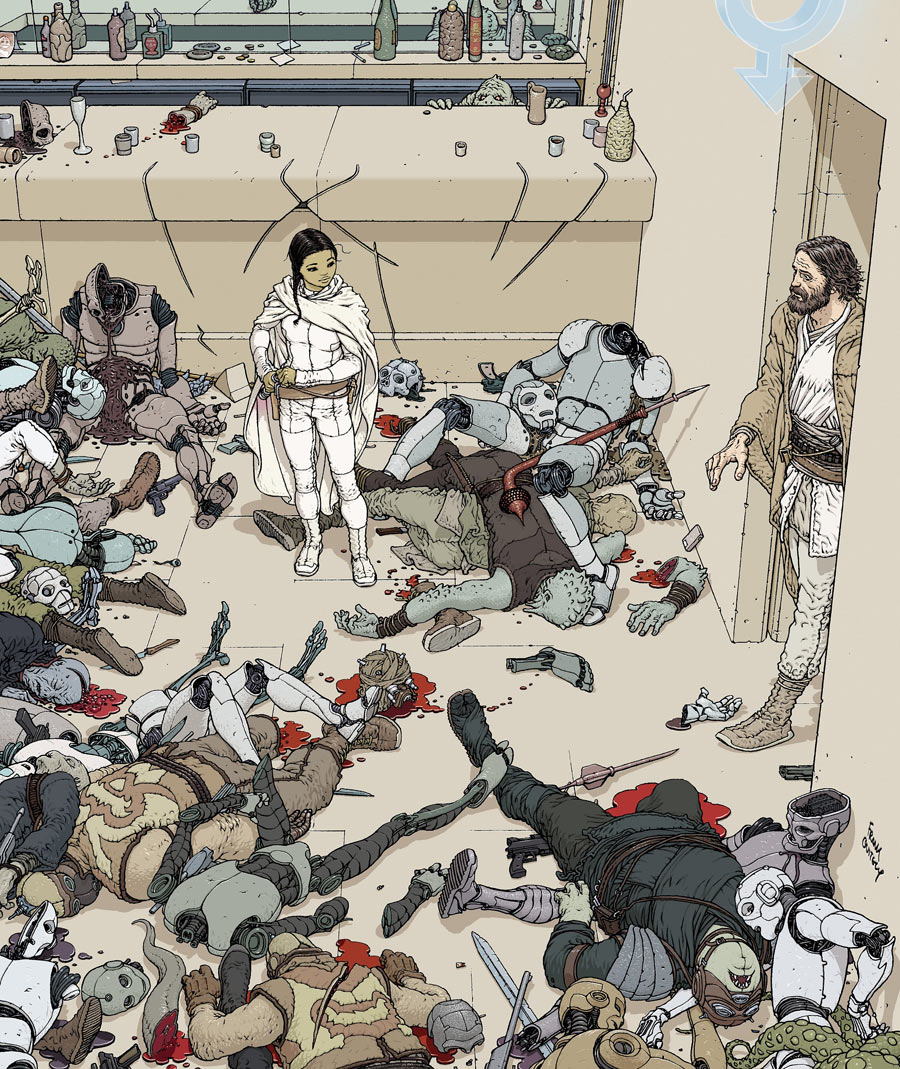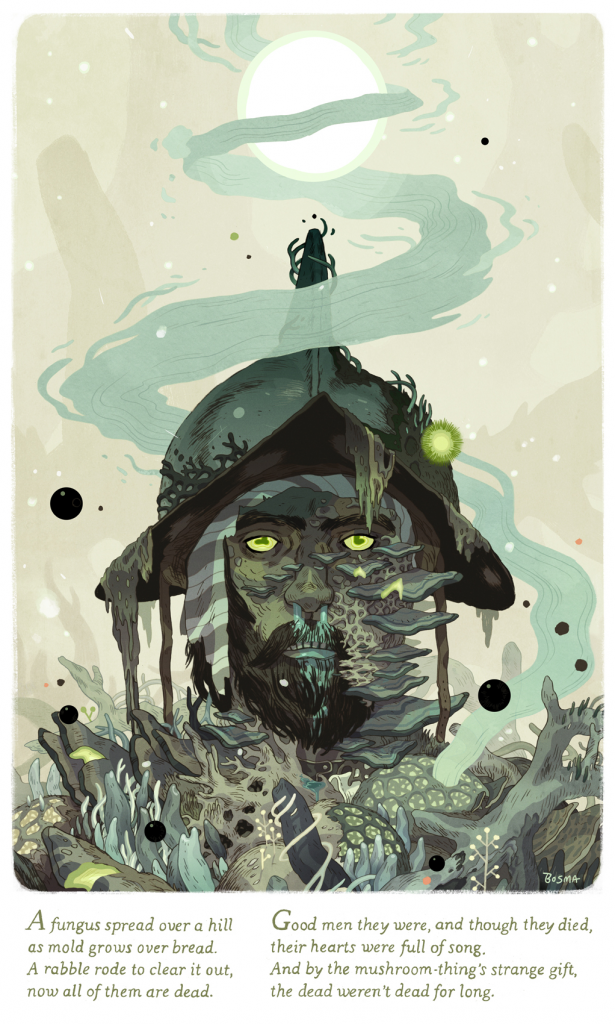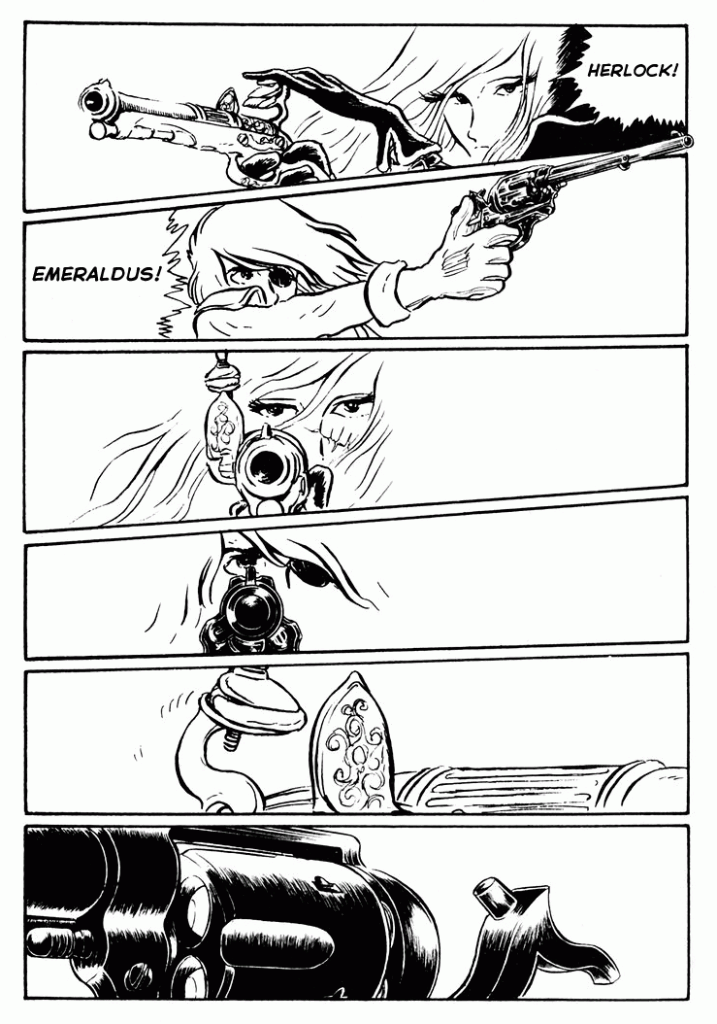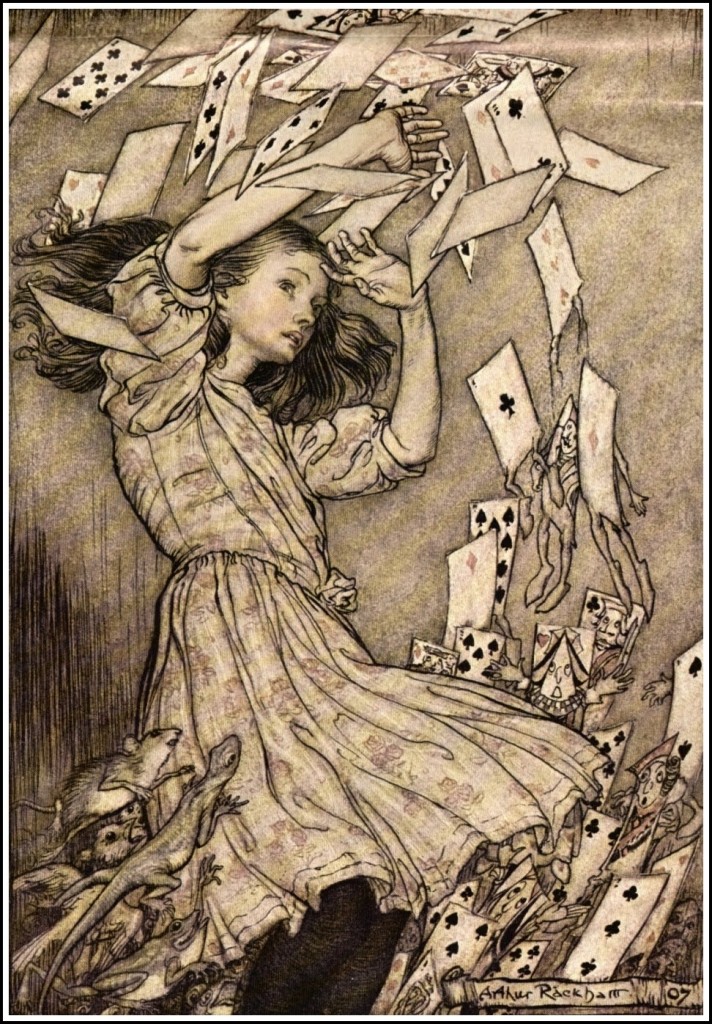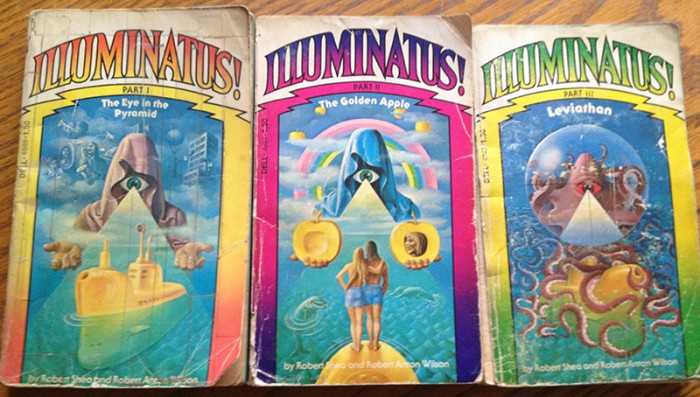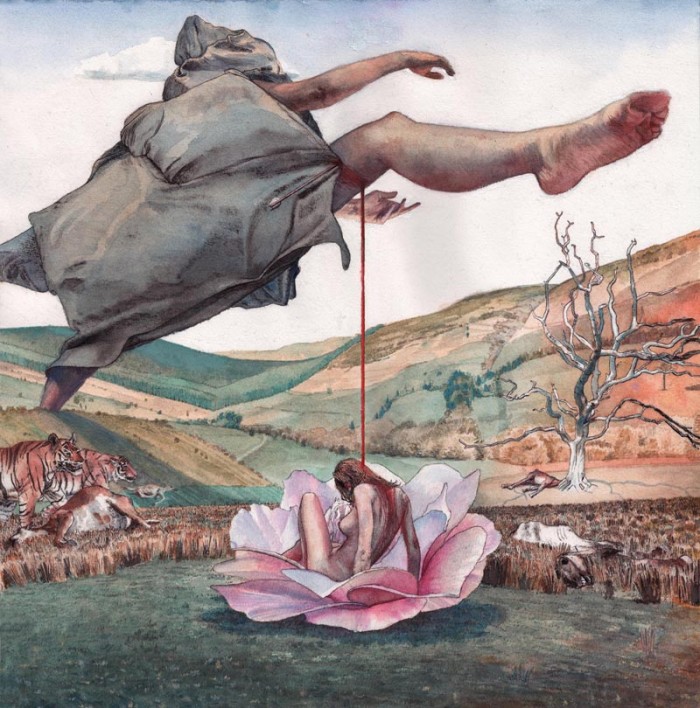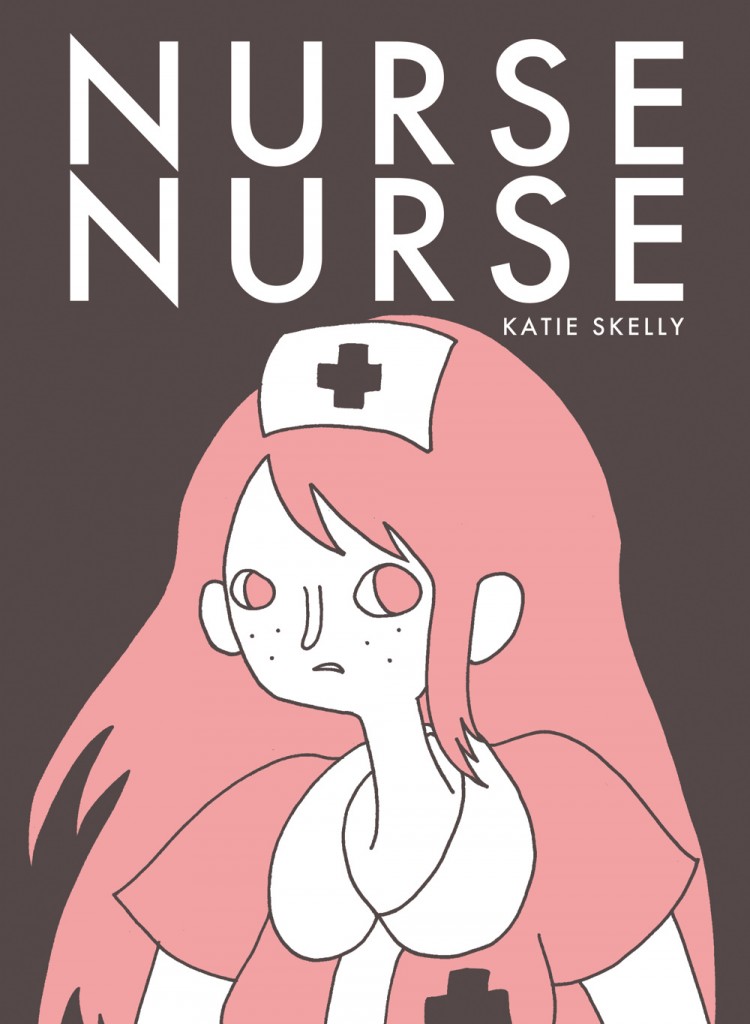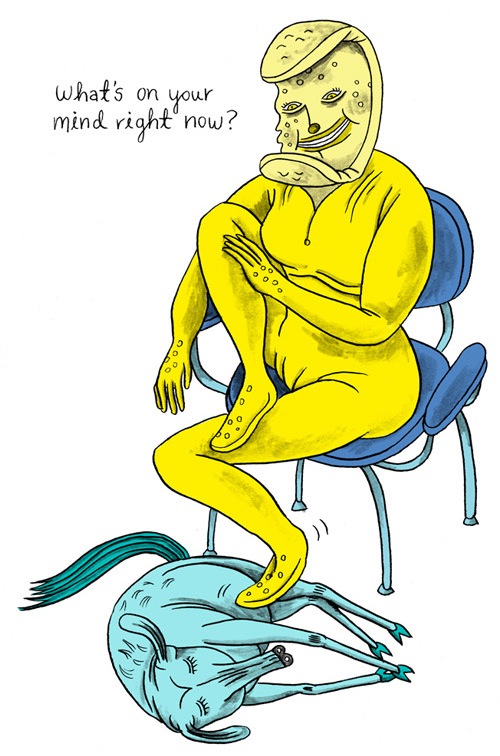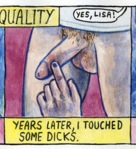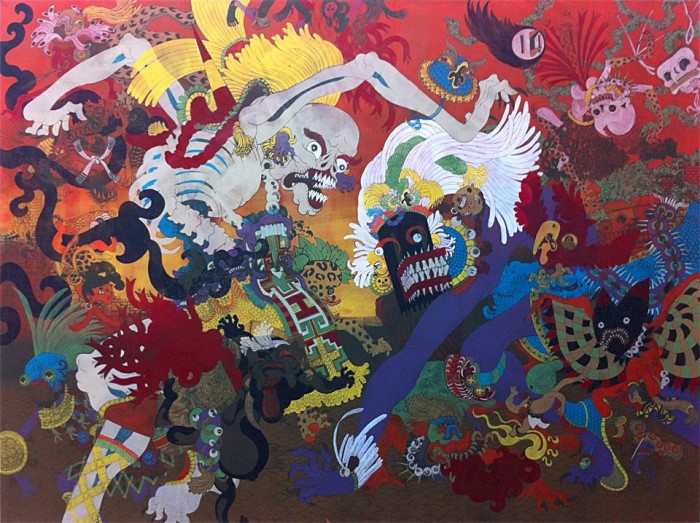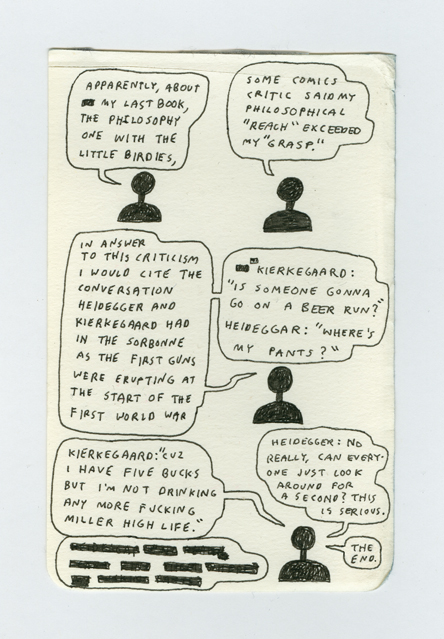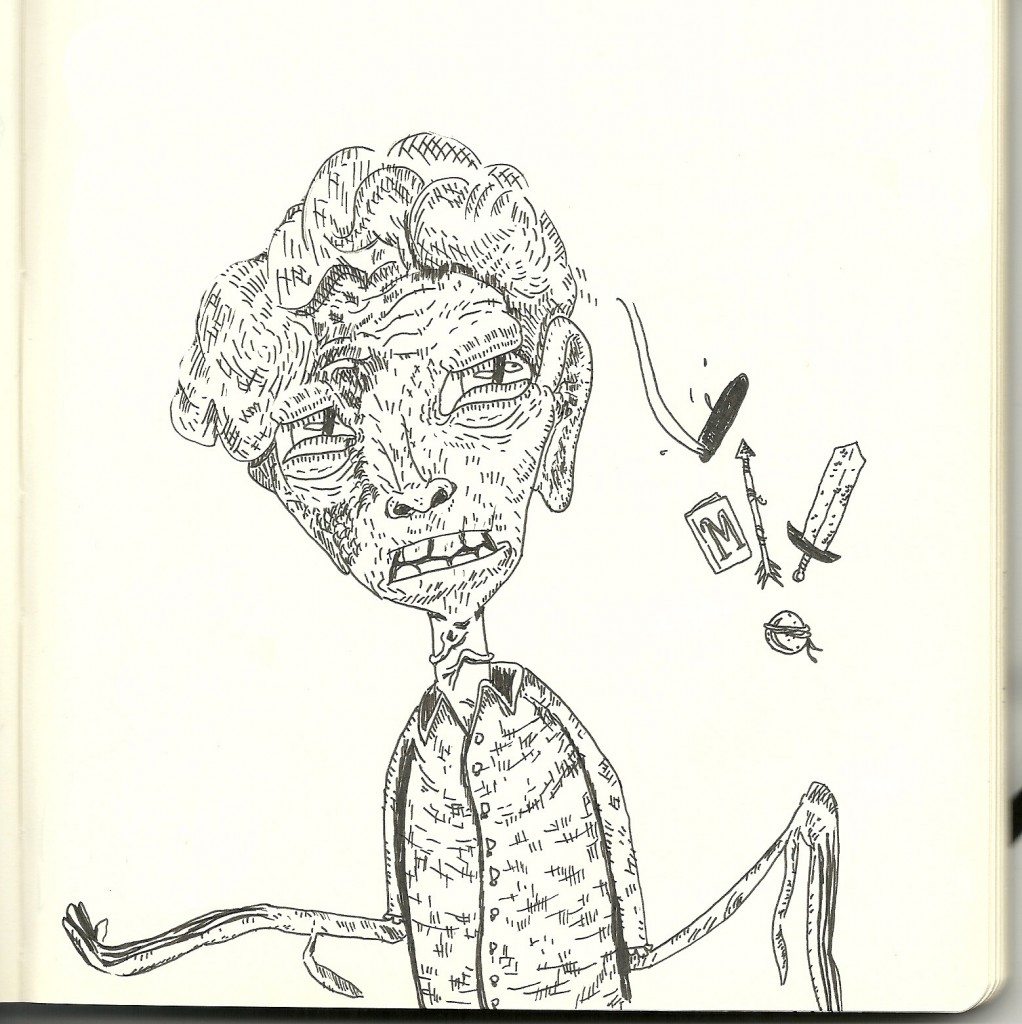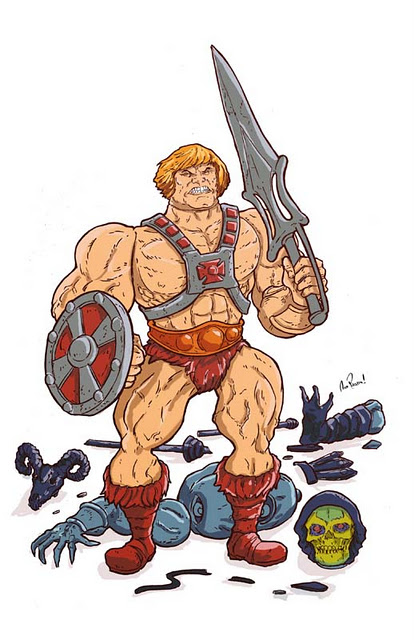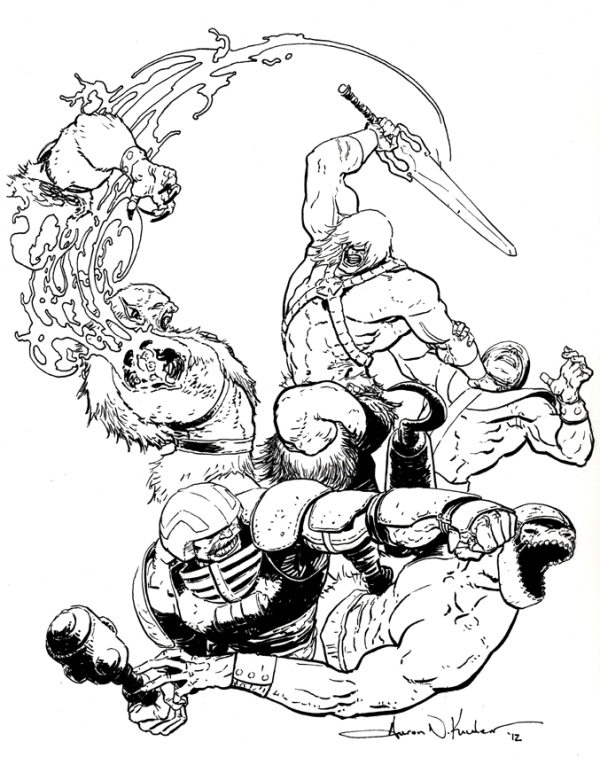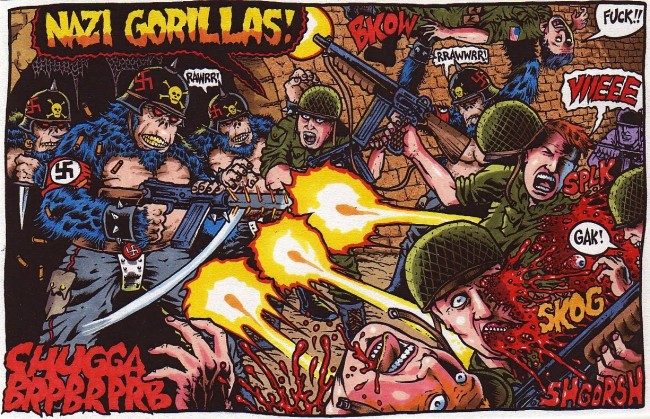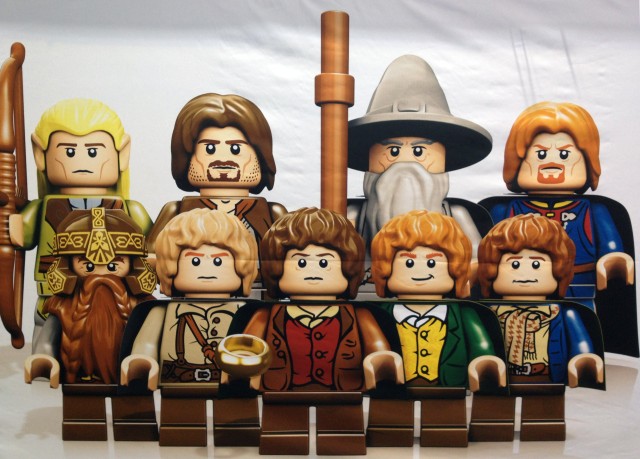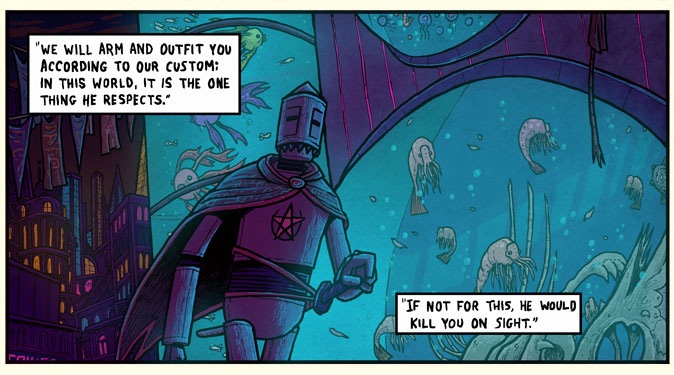I’ve now seen up through Season Three, Episode Seven. SPOILERS SPOILERS SPOILERS SPOILERS
* Normally I like to proceed in chronological order with these thoughts posts. This time around this plan was shot to hell by the accidental deletion of my notes, which, arrrgh. But I was already going to abandon that plan anyway, because
* JESUS CHRIST, THAT PARKING-LOT SHOOTOUT.
* By a comfortable margin, that was the tensest, most exciting five minutes of television I’ve seen since…well, let’s just call it “that fight from Deadwood” and leave it at that. People, you should have seen me watching this thing. As you know I do most of my Netflixing on the train to and from work, which gives my more vocal or physical responses to what I’m watching the added kick of coming at the expense of tacitly agreed-upon norms of demonstrative behavior on a commuter rail car. This time around I’m pretty sure I looked like I was being administered low-voltage electric shocks. I had my hands on my head and face and mouth when they weren’t simply flailing around; I was squirming and rocking in my seat; I was gasping and taking the Lord’s name in vain. I was totally beside myself. It was amazing.
* There are a couple of reasons why my outsized reaction was a bit ironic. For one thing, as I watched Hank leave the DEA office — waiting for the elevator, crying on Marie’s shoulder once inside, pulling it together in time for them to leave the building, and later walking through the parking lot with flowers in hand assuring Marie over the phone that everything was going to be alright — I pretty much knew Los Bros Salamanca would be waiting for him at some point or other. And I wondered why the show had chosen to go that route, to telegraph Hank’s appointment in Juarez Samarra instead of allowing it to emerge from nowhere and truly shock the shit out of us. As it turned out the answer was clear: to get a head start at building the suspense and tension it would ratchet up to literally physically unbearable levels during the shootout itself. If they’d sprung things on us by not opening with the Brothers’ origin story, or by not giving us all these long portentous but otherwise dramatically inconsequential shots of Hank obliviously going about his day, or even if they’d skipped the warning phonecall by whoever-it-was who placed it, we’d have been surprised, sure, and the scene would still have been effective, sure. But by priming the pump, by tuning us in to the at-any-moment arrival of death, the filmmakers made the sequence that much more effective. It played notes we were already practicing.
* The other reason is that just last night, I was chatting with a friend about spoilers, specifically in the context of this show (I knew where Jane was headed; I’m pretty sure I know where at least one other supporting character is headed too, unfortunately — thanks a lot, social media). He cited that study that went around to the effect that spoilers make fiction more enjoyable for most people, not less. While we both agreed that there are any number of cases where we still enjoyed spoiled work a great deal — Game of Thrones was a case in point for both of us — we both remained adamant that going into a story with little to no idea of where it’s headed is our preference, because those moments of surprise are basically a grown-up’s Christmas morning, one of the great pleasures of partaking in fiction in the first place. With the parking-lot shootout, though the show telegraphed its intention to stage it, I in no way knew how it would turn out. Still don’t! For all I know Hank will die on the way to the hospital. Or he’ll make a full recovery, his suspension will be lifted, and he’ll be named chief of the bureau for his bravery, with all its resources now committed to what is clearly a very important case he’d been working on. The point is that if I’d known either way, or if I’d known whether he lived or died in the shootout itself, or if the Brother who told Hank “too easy” when he had him dead to rights was going to go get an axe to kill him messier rather than simply walking away and coming back for him another day like I initially thought he was doing — if I’d known any of that for sure, it would simply have been a less effective viewing experience for me. And that’s why I hate spoilers so much. I don’t want to miss moments like these.
* Now that I’ve gushed about the damn thing for so long, I suppose I ought to mention a few of the things that made it so effective in the moment. The phone call, for one thing — the eeriness of it, the genre-ness of it (“Pop quiz, hotshot!”), the way it dovetailed so perfectly with Hank’s ever-growing panic and paranoia (including its quite justifiable phone-based manifestation, following Saul Goodman’s extravagantly shitty hoax/diversion). I might add that this is another example of the show’s admirable and intelligent use of television’s aural dimension.
* The sense of space and environment, for another thing. At all times, you knew where Hank and the two brothers were in relation to one another — unless they happened not to be aware at that moment, in which case you often weren’t allowed to be either. At all times, each physical beat of the shootout had an immediate consequence you could understand — when a bullet was fired, you saw where it went and what it did when it got there; when a car was moved, you saw where it started and where it ended up and what happened to the things it hit. And the specifics of the staging — the use of rear- and side-view mirrors, front and rear windshields, the rows of parked cars, trees and obstructions on the islands between rows, the presence of passers-by and bystanders, the use of wheels and bumpers and trunks — were all unique to that setting and that setting only. I harp on this sort of thing when I talk about action and violence in film and television because I am a comics person, and the amount of sloppy, lazy, generic fight scenes I’ve read even or especially in genres centered on fight scenes could turn you white. I can’t tell you how much it means for a writer or an artist or a director to think about these things, and use them thoughtfully.
* And though without watching the scene over again (which I can’t do because the disc is on its way to Netflix HQ) this is a bit harder to recall, especially since I was so transported in the moment, but I remember it being a beautifully shot, beautifully edited, beautifully paced sequence as well. In particular, when the surviving brother was approaching Hank, both at first with his gun and then again with his axe, I recall that being just marvelously well put together, alternating our points of view between Hank, the Brother, and the eye-view of their weapons. It was kinetic but not chaotic. Just thrilling.
* Phew, I’m exhausted all over again!
* The asskicker about all this was that it’s another demonstration, as if we needed one at this point, of just how good Hank is at his job. That’s his comedy and tragedy all rolled into one: For all his bluster, his casual jocular racism, his obliviousness to some of the Drug War’s excesses, his macho silliness, and, eventually, his growing terror, Hank is a great cop. Sure, he’s using the Heisenberg/Blue Meth/RV case as a retreat from a return to El Paso. But his instincts and his deductions are almost always correct both in the general sense — that this case is the tip of a truly massive iceberg, no pun intended — and in the particular — that the “Heisenberg” that the ABQPD arrested was a ringer, that the real Heisenberg realized he was for shit at running his own operation and hooked up with an out-of-state bigwig, that Heisenberg would start cooking again, that the “M” name provided by the meth-head they collared would pan out, that the ATM security camera would pan out, that the RV lead would pan out, that the way the RV rode high on its axles meant it had a meth lab inside rather than the usual fixtures, that sitting on Jesse long enough would pan out, that there’s a significance to the fact that his personal phone number and wife’s name were used to lure him away…He had the whole thing nailed. And despite the emotional toll that his brushes with death are taking on him, he’s acquitting himself breathtakingly in each of them, holding his own against professional killers and keeping himself and, to the extent he can, others alive. Finally and most importantly, he truly was devastated by what he did to Jesse, disappointed in and disgusted with himself for doing it. “I’m supposed to be better than that,” he tells Marie, apparently quite sincerely and brooking no consoling “you’re a good man and he’s a lowlife so don’t be so hard on yourself” bromides from her or his fellow agents. More than anything else that seems to be what led him to the conclusion that he’s not cut out to be a cop anymore — and that’s what shows you he was a good cop. I truly felt awful for him well before the bullets started flying.
* A bonus feature of this episode: Showing us at long last what’s in it for Hank and Marie as a couple. I don’t think I’ve ever really bought them, until now, until those honest and caring interactions in the elevator, in the bedroom on the morning of Hank’s hearing with the investigators, and on the phone in the parking lot. I blame the writers, frankly, for up till this point still failing to flesh Marie out. But putting aside my complaints about the shallowness of her character and basing things simply on a non-judgmental assessment of her and Hank’s personalities and goals in life, I had a real hard time seeing what the emotional, romantic, physical, or familial bond between them really was. Now I at least have an entry point.
* But with that mystery on its way to being solved, another remains: What’s in it for Gus? That is, why bother becoming a kingpin if you can’t live like a kingpin? I understand the need for a secret identity, and I understand the value of running a criminal enterprise in a low-key, businesslike fashion. But the dude doesn’t just front like the owner of a regional fast-food chain — he works the goddamn counter! He shows managers how to operate new machinery and asks customers if they’d like fries with that! If that’s how he has to live to maintain the business that brought him millions, what good are those millions? Can he use them at all? To do so would be to violate the secret identity, right? I assume we’ll learn a lot more about him just as we’ve learned more about the Salamancas and perhaps this mystery will be solved, but for now it’s hard for me to swallow.
* But now that I think of it, it’s possible he’s just in it for the power, and that the money is incidental. I’m suddenly reminded of the BTK killer, who obviously couldn’t drop his workaday façade any more than Gus could but had the added handicap of not making any money from his crimes. He was just a mild-mannered middle-aged guy with glasses who happened to occasionally murder people. Perhaps that’s the frame through which to view Gus as well. (I don’t even think his claim to Mr. Fix-It that he doesn’t believe fear to be “an effective motivator” is dispositive in this regard. “It is not enough to obey him. You must love him.”)
* One last thing about the shootout: I don’t know whether to blame the Postal Service or Netflix, but it used to be that I popped a disc in the mail on Monday and had a new one by Wednesday. This week, I mailed it in on Monday and have been informed this morning that I won’t get it till tomorrow, meaning I won’t be able to watch it till next Monday. In other words, I’ve got a genuine cliffhanger on my hands. So allow me to do some post-cliffhanger theorizing: My guess is that Gus tipped Hank off to the impending hit, most likely via his and Saul’s mutual Mr. Fix-It. Gus is the only person I can think of who’d have a bead on both the Brothers and Hank simultaneously, and who’d know what each of them was up to. It was a win-win situation for Gus, pretty much: If the Brothers were successful, it’s not like the hit could be traced back to him, since they weren’t a part of his organization, but still, that kind of heat can’t be good for business. Meanwhile, the Brothers had proven themselves to be loose cannons who didn’t respect Gus’s authority (and by accepting his permission to kill a DEA agent, they showed they didn’t respect their own boss’s authority either); if they failed and Hank got the better of them, Gus’s problem with them is solved, and again in a way that can’t be traced back to him, since there’s no way they told their boss that Gus gave them the go-ahead to kill a DEA agent. I know it was Gus who sicced the Brothers on Hank in the first place, but pointing them in the direction of a trained law enforcement professional rather than a chemistry teacher recovering from cancer protected Gus’s investment in Walt and bought him a fighting chance to see the Brothers go down in the attempt as well. Better to tip Hank off to his approaching date with destiny and let the chips fall where they may than to do nothing.
* So let’s rewind to episode four, the earliest in this stretch of eps I watched, and the big question it raises: Did the plane crash drive Walt insane? Okay, so it doesn’t raise this in so many words, and at every turn it offers alternate explanations for Walt’s dive off the deep end — Skyler leaving him, Skyler’s affair with Ted, losing touch with his kids, the brush with death in the form of cancer. Certainly that last bit is what motivates Skyler to contemplate letting Walt back in her and the kids’ lives once Marie mentions Hank’s analogous circumstances. But it’s important, I think, that the final scene of the episode, when Gus’s right-hand man tosses Walt his “half” of Jesse’s payment, begins with Walt frantically changing the channel on his car radio when he hears that Jane’s dad shot himself — just as it’s important that the second season ended not with Skyler’s departure, but with the plane crash itself. A lot of terrible things happened to Walt in close enough proximity to one another that it’s difficult if not impossible to pinpoint any one of them as the cause of what seems an awful lot, in this episode at least, like a mental breakdown (zoning out in class, blithely hitting on Carmen, trying to attack Ted, his overall bizarro demeanor around Skyler). But I think his guilt over Jane, her father, and the plane crash is ultimately what pushed him over the edge — more than the cancer, more than his previous killings, more even than the loss of his family.
* Once again the show leapfrogged over an expected moment in a refreshing way: We never see Walt and Skyler hash it out over Ted, we never even see Walt’s internal debate over whether or not to do so, we just hear it after the fact over Saul’s bug. I like being kept on my toes like that.
* Gale the lab assistant rang a little false to me, gotta be honest with you. Not because he’s over the top in his genial, perfect nerdiness, necessarily — this is a show with near-mute near-twin brother assassins, after all, so who am I to complain about being over the top — but just because, I dunno, the writing and performance felt a bit broad. I’m familiar with the actor really only through, like, Verizon commercials, and there were notes and beats in his performance that felt stagey to me. That said, I still felt awful for him when it became clear that Walt was looking for a pretext to hang him out to dry and bring Jesse aboard in order to get him off Hank’s back. I hate unfairness.
* Jesse was magnificent in telling Walt off at last. How many times had you thought to yourself “Jeez, bumping into Walt during that bust was the absolute worst thing that could possibly have happened to Jesse?” He was blackmailed into the partnership to begin, and it was all downhill from there: He lost his family, his house, his previous partner (probably not a bad thing given that the guy was a snitch, but still), the life of one of his best friends, the life of the woman he loved, his sobriety, another house, and, via all the kill or be killed situations he was placed in, his innocence. Aaron Paul had to convey all of that horror and anguish through a face full of makeup and succeeded well enough to make me recoil from the computer. I was horrified that he eventually gave in and re-joined Walt, because Christ, was he ever right about the guy.
* Heh, I like how the shootout knocked me so flat on my ass that I’d all but forgotten about the previous episode’s dilemma, with Walt and Jesse locked inside their mobile meth lab with Hank sitting outside and literally talking to Jesse through the door. Sometime’s this show’s a Houdini act: okay, how are they gonna get out of this one? And again, remaining spoiler-free helps make that work. Fingers crossed that what I think I know about what’s to come won’t take that away.

